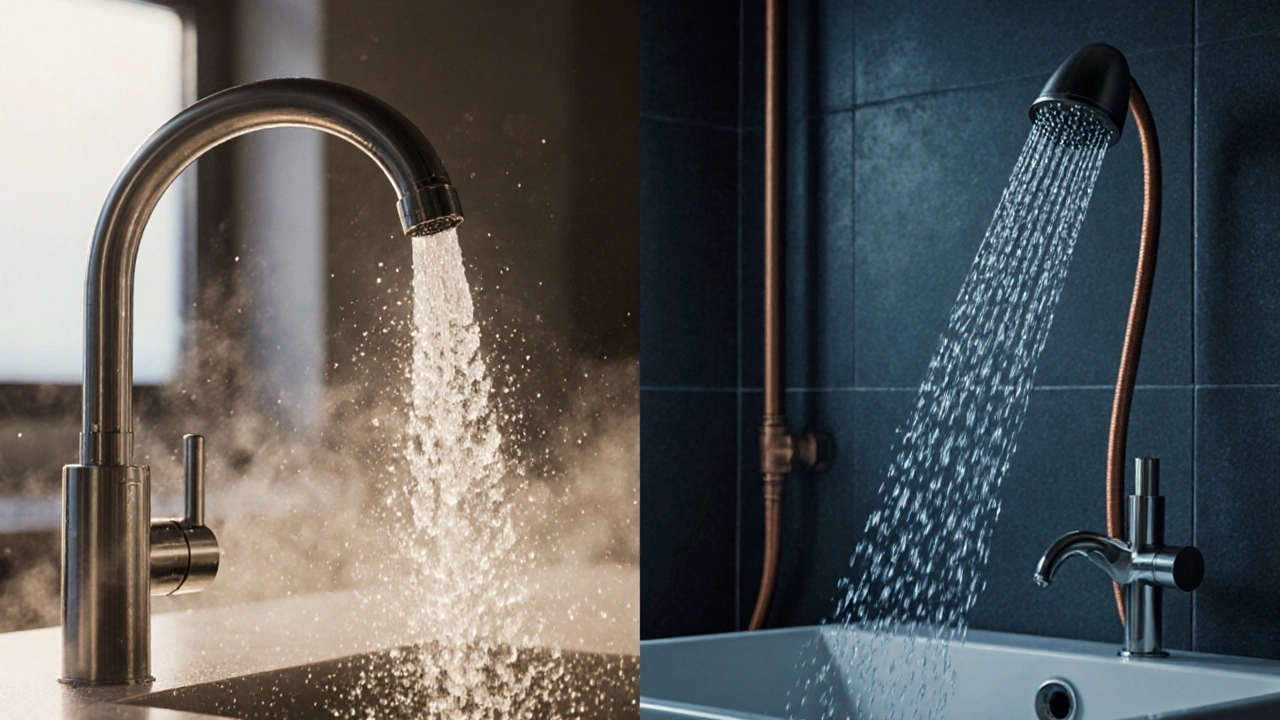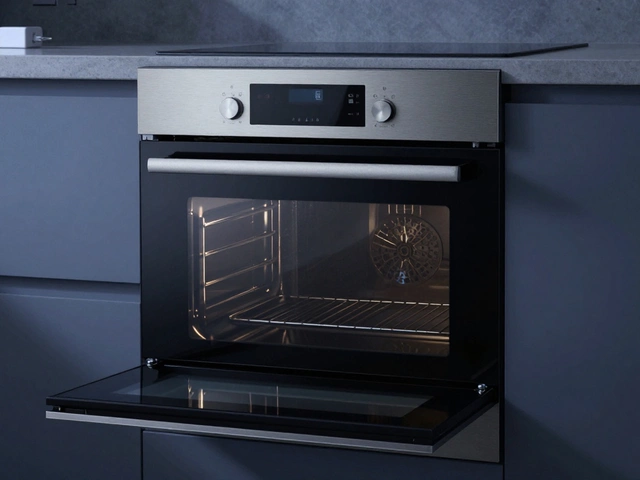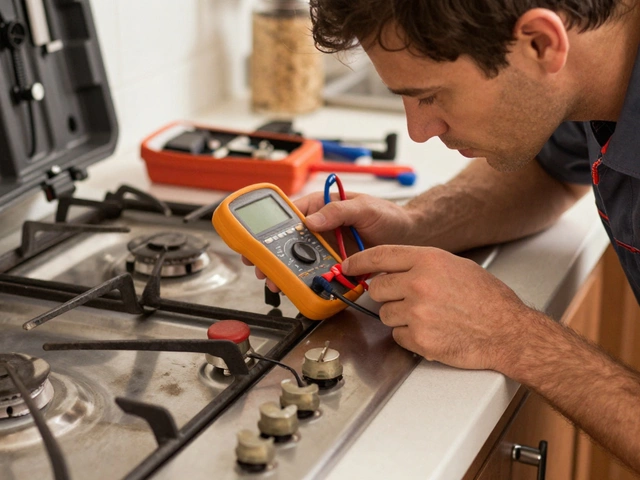Hot Water Not Hot in Bathroom – Common Causes and Quick Fixes
When dealing with hot water not hot in bathroom, the situation where a shower or tub delivers cold water even though other taps work fine. Also known as cold shower problem, it often points to a hidden plumbing or heating fault that needs a systematic check. If you’re staring at a lukewarm stream, you’ve encountered a hot water not hot in bathroom issue that can usually be diagnosed without tearing down walls.
Key Players Behind the Cold Flow
The first suspect is usually the water heater, the appliance that heats and stores water for the whole house. A water heater’s age, thermostat setting, and heating element condition directly affect how much hot water reaches the bathroom. For example, a thermostat set too low caps the maximum temperature, while a failing heating element reduces the volume of heat the unit can generate. In many homes, the water heater influences every faucet, so a dip in performance shows up first in high‑demand areas like the shower.
Next up is the shower valve, the control that mixes hot and cold water before it leaves the shower head. Modern cartridges can become clogged with mineral buildup, or the valve seat may wear out, preventing hot water from mixing correctly. When the valve fails, the bathroom becomes the first place you notice a drop in temperature because it demands a higher flow rate than a sink. A faulty valve requires cleaning or replacement to restore proper temperature balance.
Behind both of those components lies the broader plumbing, the network of pipes, fittings, and valves delivering water throughout the home. Sediment, corrosion, or a partially closed shut‑off valve can restrict hot water flow to the bathroom while other areas stay warm. Pressure loss in the hot line often results from old copper pipes or hidden leaks, and it affects the temperature you feel at the showerhead. Checking pipe insulation and ensuring all shut‑off valves are fully open are simple steps that can solve the problem without swapping out major equipment.
A less obvious but equally important entity is the thermostat, the control that tells the water heater when to heat water to a set temperature. If the thermostat is miscalibrated, it may tell the heater that the water is already hot enough, cutting off heating cycles prematurely. Adjusting the thermostat a few degrees higher often restores a satisfying shower temperature. The thermostat controls the heating cycle, so its accuracy directly impacts the hot water output you receive.
Putting these pieces together, a typical troubleshooting flow looks like this: first, verify the water heater’s temperature setting and listen for the heating element’s hum; second, feel the hot water at a sink to confirm the heater is sending heat through the home; third, inspect the shower valve for mineral deposits or a stuck cartridge; fourth, check all hot‑water shut‑off valves and look for signs of pipe corrosion or blockage; finally, if the heater’s thermostat seems off, recalibrate it or replace it. Each step isolates one of the core entities—water heater, shower valve, plumbing, thermostat—so you can pinpoint the exact cause without calling a pro right away.
Below you’ll find a curated list of articles that dive deeper into each of these topics. Whether you need a step‑by‑step guide to cleaning a shower valve, tips on extending the life of your water heater, or advice on spotting plumbing‑related temperature drops, the collection covers the practical details you’ll need to get the heat back where it belongs.
Discover why hot water reaches the kitchen but not the bathroom, learn how to diagnose the issue, and get DIY fixes plus professional advice.


